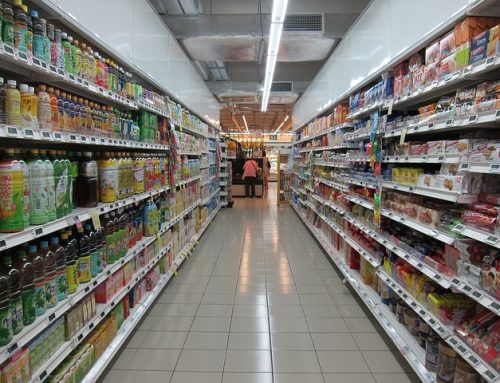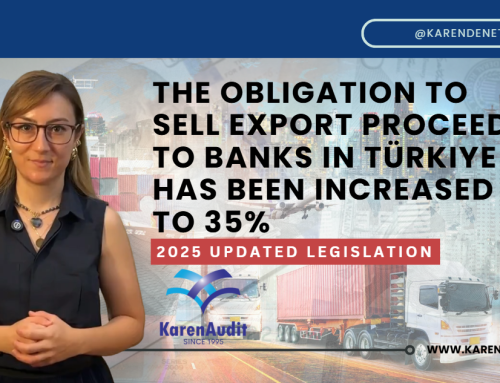Inflation forecast 2.1% for 2024 and 2.5% for 2025 in Luxembourg
The inflation rate in Luxembourg fell to 1.0% in October, its lowest level for more than three and a half years. The low inflation rates seen since August mechanically reduce the inflation forecast to 2.1% for this year and 2.5% for 2025. The next iwage indexation would therefore occur in the first quarter of 2025.
In October 2024, annual inflation in Luxembourg reached its lowest level since the beginning of 2021, at 0.95%. This decline was due to the fall in petroleum product prices (-13.9% year-on-year in October, compared with -10.8% a year earlier) coupled with a gradual slowdown in underlying inflation[1], which stood at +1.8% in October (compared with +4.2% a year ago).
Annual inflation rate and contributions

Source: STATEC (forecasts as at 06/11/2024)
Note: The contribution of underlying inflation is defined as the difference between the NICP and the contributions of electricity and petroleum products. STATEC (forecasts from 06/11/2024)
In recent months, inflation has fallen faster than expected. Petroleum products have been posting negative annual rates since August, with inflation averaging -12.0% year-on-year over the last three months (compared with +1% on average from January to July), due in particular to a fall in pump prices (-6.0% in Q3 compared with Q2 2024), as well as in the price of heating oil (-14.0%) and gas (-4.0%). In terms of underlying inflation, the slowdown was marked by slower growth in services, with annual inflation at +2.8% in October (compared with +3.7% in September). The prices of non-energy industrial goods are also slowing, with +0.3% year-on-year in October (compared with +3.3% a year earlier). Food inflation (+1.3% year-on-year) made only a small contribution to overall inflation in October (+0.2 percentage points, compared with +1 percentage point a year earlier).
For the eurozone as a whole, inflation should rise to 2.0% in October according to a first estimate (compared with 1.7% a year earlier). Inflation in services is stagnating (+3.9% in October and September 2024), while food inflation is on the rise again (+2.9% in October compared with +2.4% in September).
By 2025, inflation should be close to 2% in the eurozone…
The main international institutions expect inflation in the eurozone to remain above 2% in 2024, with forecasts ranging from 2.3% (Oxford Economics) to 2.5% (European Commission and ECB). For 2025, the forecasts converge around 2%, with a range of 1.5% (Oxford Economics) to 2.2% (ECB).
The new projections from Oxford Economics (OE), which are used in STATEC’s inflation forecasting model, anticipate a slower decline in core inflation in the eurozone than in the previous forecasts, as well as more sustained momentum in food inflation in 2024 and 2025. In contrast, the latest forecasts revise down the assumptions for oil prices in 2024 and 2025 to USD 80 and USD 73/barrel respectively (from USD 83 and USD 78/barrel previously), offsetting the upward revision to core and food inflation. The euro/dollar exchange rate is revised upwards to 1.09 USD/EUR in 2024 and 1.11 USD/EUR in 2025 (compared with 1.08 USD/EUR in 2024 and 2025 previously). OE thus maintains its inflation forecast for the eurozone at 2.3% in 2024 and revises it to 1.5% in 2025 (compared with 1.4% previously).
…and 2.5% in Luxembourg
To smooth out the upward impact that would be caused by a complete lifting of the tariff shields at the turn of the year 2025, the government has decided to partially remove the energy price cap measures. The rise in electricity prices should therefore be limited to 30% (i.e. half of the anticipated 60% increase in the absence of additional measures), while gas prices will rise by 16% as a result of the end of the State’s contribution to network costs. However, there are still uncertainties surrounding the restructuring of electricity grid usage charges scheduled for 2025. Energy tariffs, on the other hand, are a direct result of price trends on derivative markets and the way in which energy suppliers are supplied in Luxembourg[2]. It goes without saying that market price expectations are volatile and that the resulting forecasts for 2025 should be treated with caution[3]. It should also be noted that the negative contribution from electricity forecast for December 2024 is explained by the recent announcement of a price cut for that month[4].
Reflecting the sharper slowdown in prices in recent months compared with previous forecasts, as well as the new EO assumptions, STATEC has revised its inflation forecast for this year to 2.1% (from 2.3% previously). For next year, inflation should be 2.5% (compared with 2.6% previously), taking into account the downward revision in the price of oil. Core inflation, which includes electricity, would be 2.5% in 2024 (compared with 2.6% previously) and maintained at 2.4% in 2025. According to the central scenario inflation forecasts, indexation would take place in the first quarter of 2025, one quarter later than anticipated in the August forecasts.
Source: Luxembourg Statistics
Legal Notice: The information in this article is intended for information purposes only. It is not intended for professional information purposes specific to a person or an institution. Every institution has different requirements because of its own circumstances even though they bear a resemblance to each other. Consequently, it is your interest to consult on an expert before taking a decision based on information stated in this article and putting into practice. Neither Karen Audit nor related person or institutions are not responsible for any damages or losses that might occur in consequence of the use of the information in this article by private or formal, real or legal person and institutions.






